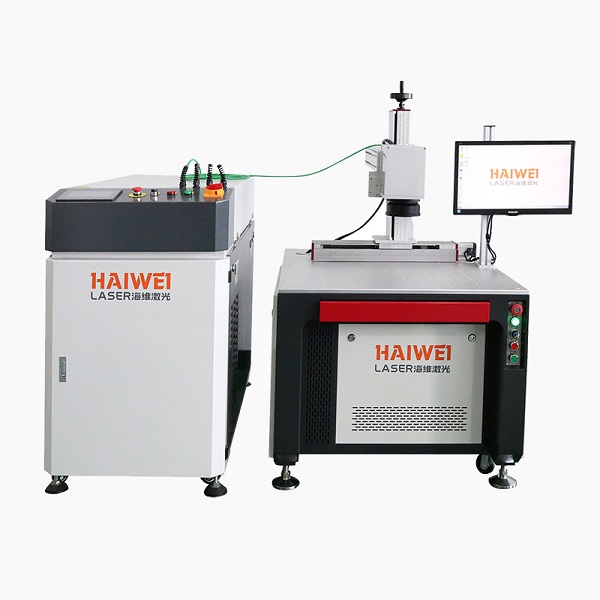Smoke and Fume Control for Laser Welding Machine Operations
In the realm of modern manufacturing, laser welding machines are celebrated for their precision and efficiency. However, one common concern among users is how to manage the smoke and fumes generated during the welding process. This article delves into the realities of smoke and fume production with laser processing equipment, offering practical solutions for those rare instances where additional measures are needed.

1. Understanding Smoke and Fume Generation in Laser Welding
Unlike traditional arc welding methods, laser welding machines typically produce minimal smoke and fumes. The high-energy density laser beam results in a very localized heating effect, which limits the amount of material vaporized. Consequently, most laser welding operations generate negligible emissions that usually do not require special extraction systems.
2. Safety Standards Compliance
Most standard laser welding machine setups comply with international safety standards concerning air quality and occupational exposure limits. These machines are designed to operate within safe parameters, ensuring that any byproducts from the welding process remain well below hazardous levels. Regular monitoring can confirm that no harmful substances are being released into the working environment.
3. Special Cases Requiring Additional Measures
While laser welding generally produces little to no harmful emissions, certain materials or conditions may necessitate extra precautions:
Welding Materials Containing Hazardous Substances: When working with metals such as zinc, cadmium, or lead, which can release toxic fumes when heated, it’s crucial to have an effective extraction system in place.
High-Speed Continuous Welding: In scenarios involving continuous, high-speed welding, even small amounts of fumes can accumulate over time, potentially leading to poor air quality if not managed properly.
4. Implementing Effective Extraction Systems
For situations requiring enhanced air purification, integrating a weld smoke purifier with your laser welding machine is advisable. Key features to look for include:
High-Efficiency Particulate Air (HEPA) Filters: Capable of capturing ultra-fine particles down to 0.3 microns.
Activated Carbon Filters: Useful for adsorbing volatile organic compounds (VOCs) and other gaseous pollutants.
Flexible Extraction Arms: Allow precise positioning near the source of emission for maximum effectiveness.
5. Maintenance and Monitoring
Regular maintenance of both the laser welding machine and any accompanying extraction systems is essential. Ensure filters are cleaned or replaced according to the manufacturer’s guidelines. Additionally, periodic air quality tests should be conducted to verify compliance with safety regulations.
When considering the purchase of a laser welding machine, rest assured that these devices are engineered to minimize smoke and fume generation. For most applications, no specialized ventilation is required. However, understanding potential risks and knowing when to implement additional safety measures—such as using a weld smoke purifier—is key to maintaining a safe and compliant work environment.
Recent Posts
- What are the advantages of laser welding machines in lithium battery pack production lines?
- What issues should be noted when choosing a lithium battery pack production line?
- Quality Inspection and Control of Lithium Battery Module Pack Production Line
- Cell grouping and sorting process in lithium battery module pack production line
- What are the safety hazards of lithium battery pack production lines and how can they be prevented?
INQUIRY

